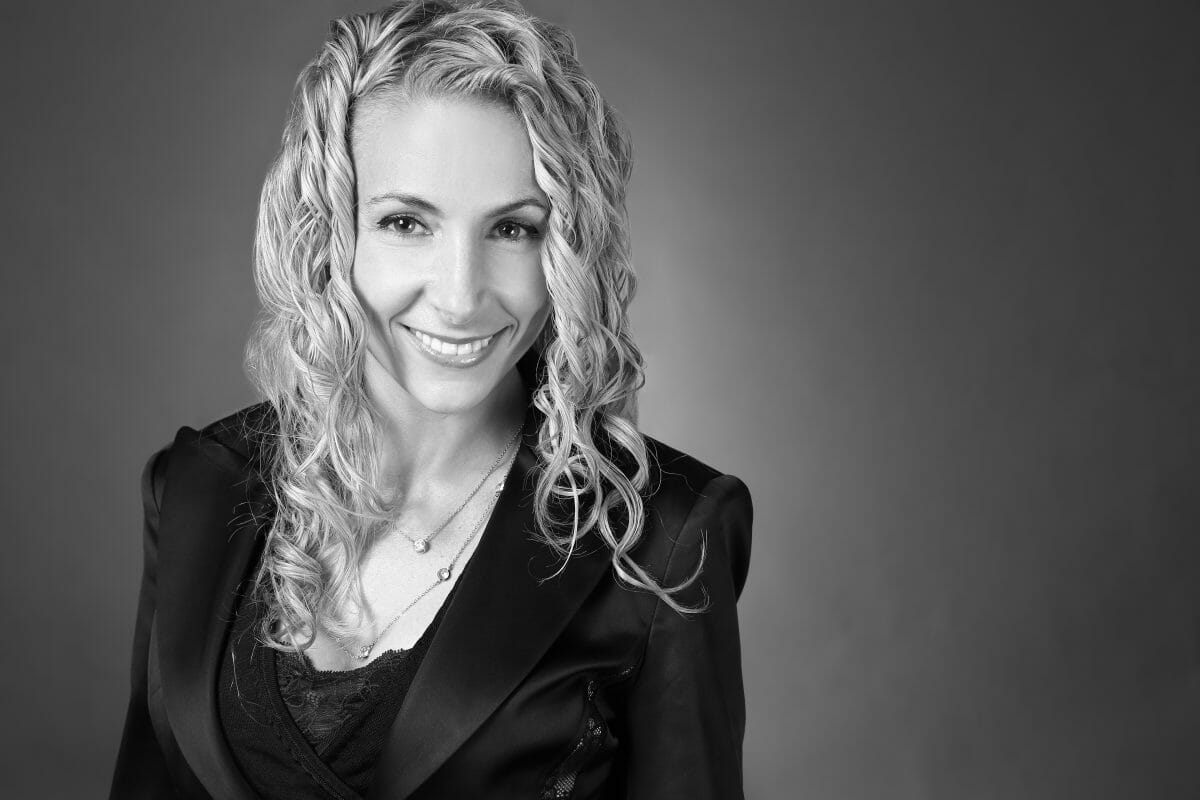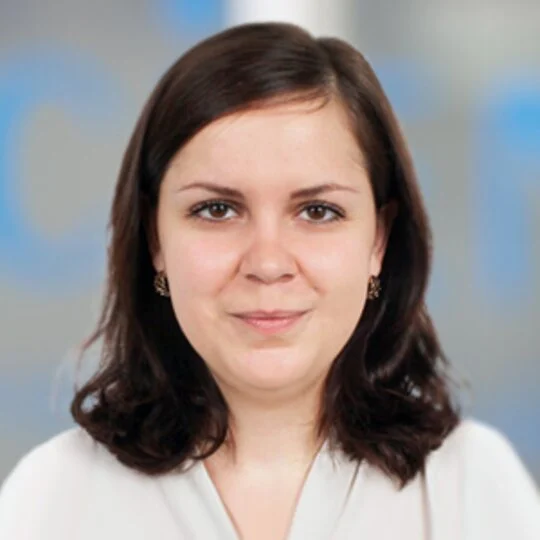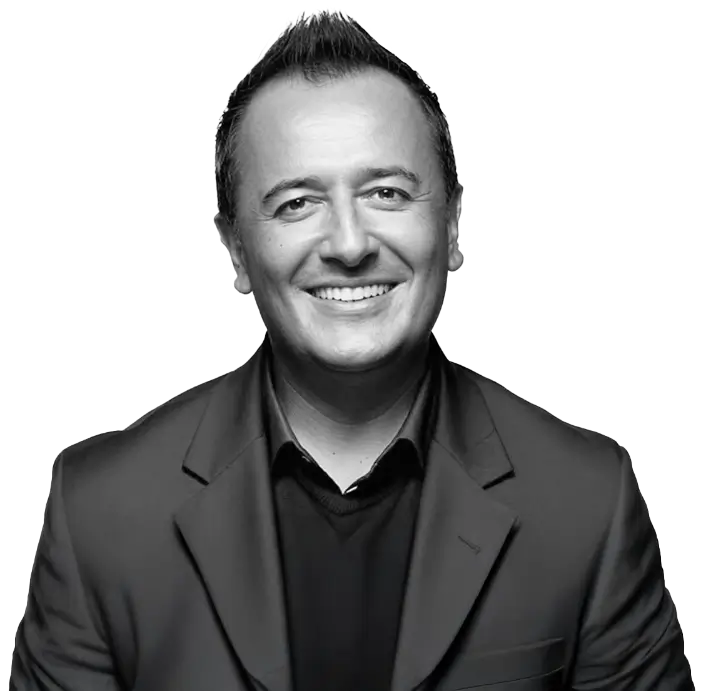There are many cutting edge AI startups advancing predictive care in disease and illness management. When combined with clinical grade medical devices that are used continuously or daily in the home, the combination enables personalized care, tailored to the individual in real-time in their daily environment.
Predictive Care for Glucose Response
Continuous Glucose Monitors (CGM) intended for people with diabetes have been around for over 20 years, but they have gotten significantly better and easier to use in the past few years. The collection method of the Abbott Freestyle Libre CGM and Dexcom’s CGM is a dramatic improvement over having to prick a finger multiple times a day. These CGMs don’t just measure a point in time like a finger stick, they measure glucose trends continuously.
For the first time in healthcare history, giant databases of clinical grade data on sugar trends are now possible. There are several companies working on extracting the most value from this data, and then applying the resulting insights to personalize solutions for their patients and clients. January AI is a prime example of a startup working to analyze these new clinical grade databases to help manage health and glucose spikes in a more personalized and predictive way, instead of the standard reactive way many aspects of health are currently treated, including diabetes.
CEO Noosheen Hashemi co-founded January AI because she saw the main problem with homogenous dietary guidelines for a disease or condition like diabetes: the standard diet assumes everyone reacts the same way to the same food. But people don’t react the same way to others, or even to themselves. The same person can eat the exact same food every day (e.g., an apple), and have a different glucose response to that apple every single day. Everyone has a unique glucose response to food based on multiple factors, including that day’s activity level, stress, age, weight, sleep, amount of fiber, and many more data points.
January AI taps into CGM data and other biomarkers including food, heart rate, and wearable tech data to predict how an individual will react to eating a specific food at a specific time on a specific day. January AI’s 30-day program provides a telemedicine visit, the required CGM sensors, and the AI-based app that analyzes an individual’s glucose response. January AI predicts what an individual’s glucose response will be to a specific food, at a specific time before it is eaten. The digital app provides the important feedback loop on how an individual’s body reacts to foods so people can alter their eating habits and avoid glucose spikes in real-time, at the time someone is making a decision on what to eat. They also provide coaching on recommended, personalized exercise. For instance, if an individual wants a burger or a shake, January AI will coach them that it will require (e.g.) 1 hour of walking to keep glucose levels in a healthy range. Education in real-time at the point of decision making.
Using Artificial Intelligence, January AI has cracked the biological code for Predictive Glucose Response based on the individual at that moment in time. Their pioneering work has created a new acronym in diabetes: CGP, Continuous Glucose Prediction. Truly personalized and predictive healthcare based on clinical grade glucose readings, personalized data, and their proprietary predictive algorithms.
Predictive Care for Life-Threatening Medical Problems
Another interesting AI-based software and hardware device startup is VitalConnect. They have an FDA cleared 24-hour disposable patch that monitors 8 physiological measurements, including a single lead EKG, heart rate, HR variability, temperature, and posture. They also have the ability to integrate data from a connected blood pressure or pulse-ox device. VitalConnect’s patch can be used in the hospital and then sent home with the patient for outpatient monitoring or for acute care at a hospital-at-home. VitalConnect has done a study where their hardware and software combination was able to predict a cardiac hospital readmission 6.5 days in advance with 80% accuracy. When dealing with cardiac issues, this hardware-software combination can mean the difference between life and death.
Alacrity Care is another notable remote patient monitoring and data analytics company, this one focused on oncology. Oncology treatments are high-cost, toxic and high-risk. Alacrity Care uses off-the-shelf clinical grade devices including the Omron blood pressure monitor and the Oxitone pulse oximeter to monitor oncology patients in their home, 24/7. They do this through a patented software system that monitors vital signs continuously including the EEG, EKG, blood pressure, pulse-ox and blood labs in addition to patient recorded symptoms. The Alacrity Care platform and team of oncologists analyze the patient’s data streams and alerts the care team and patient in real-time when there might be a medical problem soon that could be avoided by intervening now. For example, neutropenia is a side effect of cancer treatments that makes patients much more susceptible to life-threatening infections. The earlier problems like neutropenia are caught, the easier and more successful they are to treat, which in some cases, can save the patient’s life.
These three startup examples are some of the early players in predictive care. With the clinical grade wearable tech device industry continuing to grow, more and more seriously ill patients can be taken care of in the home, with accurate predictive care in real-time.
Editor’s Note: Robin Farmanfarmaian is a Silicon Valley-based professional speaker and entrepreneur working in cutting-edge tech poised to impact 100M people or more. Robin has been involved with over 20 early-stage biotech and healthcare startups from curing cancer to medical devices and digital health. With over 180 speaking engagements in 15 countries, she educates audiences on many aspects of technology intersecting healthcare, including artificial intelligence and the shift in healthcare delivery to the patient’s home. She has written 4 books, including “The Patient as CEO: How Technology Empowers the Healthcare Consumer” and most recently “How AI Can Democratize Healthcare: The Rise in Digital Care”.




